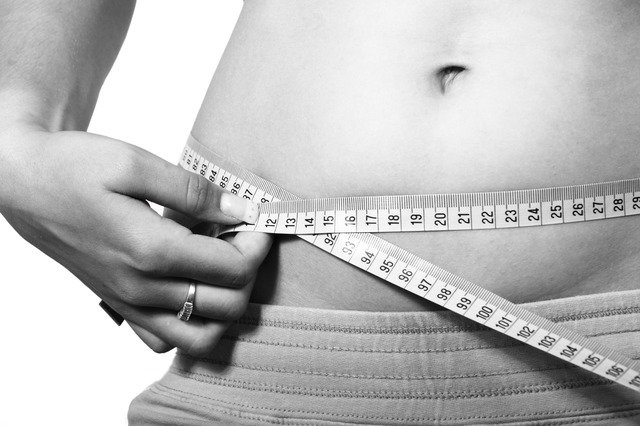To lose weight, you must consume fewer calories than you burn. An energy deficit occurs when your daily caloric intake is less than your body needs to stay at its current weight. When you eat fewer calories than you burn, you’re in a deficit. This is a deficit of 200 calories; it’s as simple as that! If you burn 2000 calories but only consume 1800, you have a deficit of 200 calories.
You can better set your calorie targets if you understand your BMR and TDEE (Basal Metabolic Rate and Total Daily Energy Expenditure), which calculate how much energy you expend each day. These can be calculated using a variety of internet calculators, but it’s generally advisable to get the advice of a professional.) Knowing your TDEE and your daily caloric intake are the only things you need to focus on at this point.
It should come as no surprise that exercising is the best method to burn calories (duh!). However, when it comes to fat loss, many people focus solely on cardio exercises, completely disregarding the value of weight training altogether. Studies have shown that following weight training; you consume more calories in the hours following your workout than following a cardio workout. Despite this, cardio workouts often burn more calories than weight training. Having a lot of muscle mass means your body burns a lot more calories while you are at rest. In other words, your metabolism will be higher if you have more muscle mass.
In general, it’s ideal for incorporating both strength training and cardio/HIIT exercises into your workout routine, rather than doing just one or the other.
Calorie counting can be intimidating, but it’s critical if you want to lose weight and become in shape. MyFitnessPal and other free apps allow you to keep track of what you’re eating and how much you’re eating. To reach your macronutrient targets, you can use this tool to see where you need to make changes, such as if you’re consuming too many carbohydrates or not enough protein.
If you keep daily meal records, you’ll be able to make more educated choices regarding the items you eat. For calorie tracking, we recommend purchasing food scales because it is so simple to underestimate the number of your meals!
If you’ve been hearing it all before, it all boils down to eating a well-balanced, nutritious diet. As a part of this diet, you’ll have to give up processed meals like fast food and sugary drinks in favor of lean proteins, fruits, and vegetables that are high in fiber and low in calories. Bulking out your meals with nutrient-dense vegetables will help you feel fuller and longer even after you’ve eaten a lot. However, it’s crucial to keep an eye on the caloric content of some supposedly healthful foods. For example, avocados are nutrient-dense, but they’re also high in calories. Just because a food is considered “healthy” does not mean that you can consume it in excess!
Protein is the most filling macronutrient, which means that if you consume enough of it, you’ll be less inclined to overeat or binge. A high-protein diet, on the other hand, can help you build more lean muscle mass, which will speed up your metabolism.









